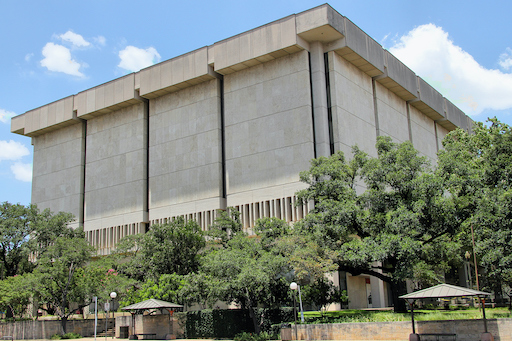
About Palindromedary History
About:
Palindromes Palindromedary NamesIt was 1977 when I had the first experience that would lead me to envision the Palindromedary. I was in school at the University of Texas at Austin, studying Electrical Engineering. Several of my classes required writing and running Fortran programs. Like every other engineer, I submitted my Hollerith card decks to the Engineering Computer Center. There was always a line and a wait of up to half an hour.
One day, I learned that every student had the right to use any of the dozen or so computing centers on campus. Scanning the list I saw that the Humanities Research Center (HRC) had a mainframe. I walked right past that building every day on my way back home.
The first time I went to the HRC computer room, it was literally empty. The operator was in a back room. I submitted my deck and rang the bell on the counter (the Engineering center had no use for such a bell). The operator came out, loaded my deck, and handed me the printout within two minutes. Having allowed considerably more time than that, I checked out the bulletin board before leaving. That was the trigger moment.
On that board was a seminar notice about the use of word frequency analysis on great literary works. The presenters were using the HRC computer to count how often every single word occurred in books like Canterbury Tales, or Alice's Adventures in Wonderland. They made lists of all the words in a book, ordered by how often it was used. They proposed that the list represented a fingerprint that could identify an author by word usage.
For me, it was a powerful insight that computers weren't limited to just printing out text messages for debugging. They could actually be used to process language. It was an awe-inspiring moment, equivalent to realizing that electro-magnetic wave equations had the same form as fluid dynamics wave equations. Then the moment was over, except for the warm glow, and I resumed work on my chosen career path.
Some years later, enjoying the benefits of a high-tech career at Hewlett-Packard, I bought an Atari computer. The experience at HRC resurfaced and I tried programming the Atari to read a list of words and print out each one with the word reversed. That task was relatively easy. The problem was my starting list. I really needed a dictionary's worth of words. I started typing. Then I ran into some barriers, like the Atari's limited storage capacity and how long it would take me to enter every word in my Random House College Edition dictionary. I gave it up because I had better things to do.
When Personal Computers became commonplace, the idea of reversing words swam towards me again. And once again, I was stymied. Although word processors had spelling dictionaries, I could not figure out how to access it for my own use. Back to real life.
The last time the HRC experience came back to poke at me was on March 16, 2019. With low expectations, I entered a Google search. In seconds my attitude realigned from jaded to enthralled. In minutes I had downloaded an open-source word list and roughed out a software project. Within days I had selected Palindromedary as the name for this new reference book and was tackling the algorithms I would need to build the word lists.
During my early research I came across Peter Norvig's account of creating the world's longest, 21,012-word parody of "A man, a plan, a canal. Panama!" I found his story fascinating and dug into his algorithms with glee. However, I already knew that an automated palindrome maker was not my goal. It would be relatively easy to program palindromic gibberish generators. What I wanted to do was make it possible for anyone to compose great palindromes; no genius (stable or otherwise) required.
As I proceeded, the project evolved. Family matters caused some necessary delays. New barriers arose. Were my algorithms correct? How could I test? Was the palindrome composition method valid? Would I publish a print book, an ebook, a website? I changed the algorithms several times, and the method of publication many times. I kept finding bugs traceable to my indecision. The project was in turmoil. My hopes were foundering.
Then, on April 28, 2020, as the COVID-19 pandemic surged, I made a decision. I registered the palindromedary.us domain name and purchased a hosting contract. With a solid plan and a checklist, focus returned. Barriers fell away as my progress accelerated. I was on-track again and knew exactly what I needed to do.
And now, here it is: Franklin’s Palindromedary, a reference book, a toolbox, and a method anyone can use to compose original palindromes. I can't wait to see the creative ways you will use it!
